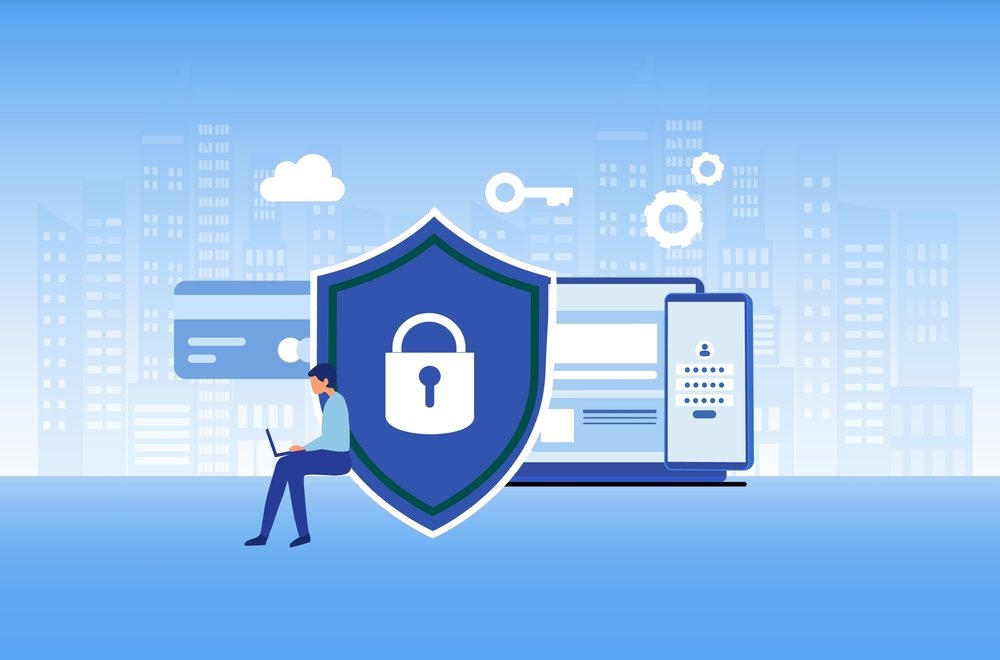What Is the Difference Between IT and OT Cybersecurity?
Difference Between IT and OT Cybersecurity: In the evolving landscape of digital security, understanding the distinctions between IT (Information Technology) cybersecurity and OT (Operational Technology) cybersecurity is crucial. Both are essential for protecting systems and data, but they address different types of environments and have unique challenges. Here’s a detailed look at the differences between IT and OT cybersecurity:
1. Definition and Scope
IT Cybersecurity:
- Focus: IT cybersecurity focuses on protecting digital data and information systems used for business operations, including computers, servers, databases, and network infrastructure.
- Scope: It encompasses the security of traditional IT assets such as email systems, enterprise applications, and cloud services. IT cybersecurity deals with threats like malware, phishing, ransomware, and data breaches.
OT Cybersecurity:
- Focus: OT cybersecurity is concerned with safeguarding the hardware and software systems that manage and control physical processes, machinery, and infrastructure. This includes industrial control systems (ICS), supervisory control and data acquisition (SCADA) systems, and other critical infrastructure components.
- Scope: It addresses the security of systems that control physical processes in sectors like manufacturing, energy, utilities, and transportation. OT cybersecurity is crucial for ensuring the safety and reliability of operational processes.
2. System Characteristics
IT Systems:
- Nature: IT systems are typically designed to handle data processing, storage, and communication. They are often connected to broader networks, including the internet, and are subject to frequent updates and patches.
- Example: Corporate email systems, enterprise resource planning (ERP) systems, and financial databases.
OT Systems:
- Nature: OT systems are designed to manage and control physical operations and processes. They often have real-time requirements and are less frequently updated due to their critical role in operational continuity.
- Example: Automated manufacturing systems, power grid control systems, and water treatment facilities.
3. Security Goals and Priorities
IT Cybersecurity:
- Goals: The primary goals are to protect data confidentiality, integrity, and availability (the CIA triad). IT cybersecurity aims to prevent unauthorized access, data breaches, and information theft.
- Priorities: Regular updates, patch management, and strong access controls are critical. IT cybersecurity also emphasizes maintaining system performance and mitigating risks from evolving threats.

OT Cybersecurity:
- Goals: The main objectives are to ensure the safety, reliability, and availability of operational processes. OT cybersecurity focuses on preventing disruptions to physical processes and protecting against threats that could lead to operational downtime or safety incidents.
- Priorities: Ensuring system availability and stability is paramount. OT cybersecurity also involves safeguarding against physical threats and ensuring that control systems are resilient against attacks that could impact operational safety.
4. Threat Landscape
IT Threats:
- Nature: IT threats often target data and systems for financial gain or data theft. These include cyberattacks such as ransomware, phishing scams, and data breaches.
- Response: IT security measures include firewalls, intrusion detection systems (IDS), encryption, and security information and event management (SIEM) systems.
OT Threats:
- Nature: OT threats can impact physical processes and safety, potentially causing operational disruptions, equipment damage, or even endangering human lives. Examples include attacks on industrial control systems or SCADA systems.
- Response: OT security measures focus on ensuring the integrity and availability of control systems, often involving specialized tools and protocols for real-time monitoring and response.
5. Integration and Convergence
IT and OT Convergence:
- Integration: Many organizations are seeing increased convergence between IT and OT systems due to the integration of operational technology with IT networks for better data analytics and efficiency.
- Challenges: This convergence introduces challenges, as combining IT and OT can expose operational systems to new types of cyber threats. Managing this integration requires a coordinated approach to cybersecurity that addresses the unique needs of both domains.
Conclusion
Difference Between IT and OT Cybersecurity: Understanding the differences between IT and OT cybersecurity is essential for effectively protecting both digital information and operational processes. While IT cybersecurity focuses on data protection and network security, OT cybersecurity prioritizes the integrity and reliability of physical systems and processes. As organizations increasingly integrate IT and OT systems, a comprehensive approach to cybersecurity that addresses the distinct requirements of both domains is crucial for maintaining overall security and operational resilience.
For more information on IT services and data security solutions, visit NABCO IT Services.
Difference Between IT and OT Cybersecurity; For professional assistance with data security, contact us to ensure your organization is protected with the latest security measures.
Read more related articles to enhance your knowledge
What is Data Security? The Ultimate Guide
Why Data Security Matters: Protecting Your Information in a Digital World



